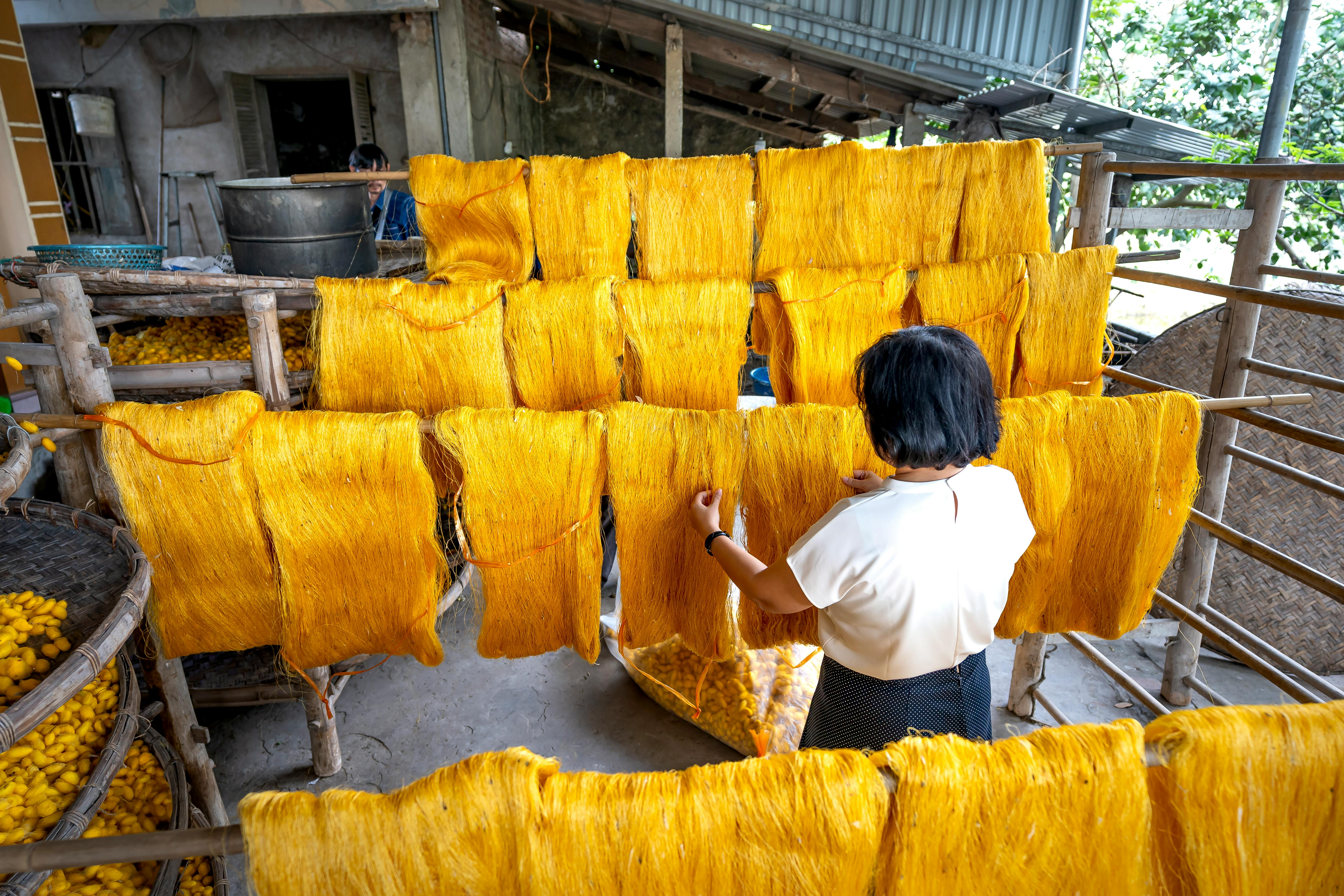
august gardening
Keep a close eye on your plants during these hot summer days. A small dark sunburnt spot may develop on some leaves, the edges may turn a little yellow or brown, and the foliage may begin to wilt. The trick here is to water before the signals show on the plants. Once a plant wilts from dryness, it can quickly recover from a good “drink”, but it’s been under stress and that’s not good. Insects and diseases can usually attack a stressed plant rather than a healthy one.
Water when necessary and when you can. Morning watering is said to be best as the plants have a chance to dry out before the cooler temperatures at night can attract fungus. Evening watering is also acceptable, as the sun does not evaporate moisture from the surface as it does when watering at noon. In any case, don’t worry about it! Once again, when watering is necessary, do so, regardless of the time of day.
While working in your garden, it’s a good idea to gain some knowledge about insects in general and the variety of pollinators. Insects belong in our gardens. We would all be better off learning how to attract them than spending the time and money that many gardeners do to repel them. A garden really wouldn’t be much of a thing without them. In themselves, insects are not “good” or “bad”, “pests” or “beneficial”. They just live their lives in an effort to survive and reproduce. For the most part, they are just “doing their thing” in our gardens. We love birds in our gardens (well, maybe, when they’re not eating our berries or grapes) and most of our favorites eat bugs. Thousands of insects (many of which cannot be seen with the naked eye) are constantly recycling organic matter directly into the garden soil. Insects also do most of the pollination of our flowers. True, some plants reproduce without pollination, but most flowers are the result of insect work. The more diversified our gardens are, the more we can hope to attract and protect the myriad of insects that will keep our gardens in balance.
August is a great time to plant for a fall crop, especially in containers if you don’t have a lot of space. Lettuce, salad greens, radishes, carrots, kale, spinach, broccoli, cauliflower, and kohlrabi are all good candidates. Don’t forget fish fertilizer on seedlings twice a week. “Cut and return” vegetables such as lettuce, arugula, mustard, etc. it will give you delicious mixed greens all fall and into winter. Since it is still the heat of summer, the seeds should be sown in a partially shaded spot so that the soil does not get too hot.
Don’t forget the chard. The ‘Bright Lights’ varieties will be delightful as the weather cools and the many colors will look lovely either in containers or in the garden borders. This month’s harvest should include raspberries, melons, tomatoes, pumpkins, peppers, artichokes, onions, sweet corn. , aubergine, beans, kohlrabi, strawberries and beets… WOW!
Prune your weeds now if they are getting out of control. Catnip, rosemary and basil especially so they don’t bloom. Deadhead your perennials. Check your asparagus bed for weeds and mulch. Start planning for drip irrigation next year if you don’t already have it installed. Remember, you can do one section at a time if the entire garden area seems overwhelming.
Start thinking about fall lawn treatment. August 15 to September 15 is the best time to seed (or overseed) your lawn. It would not hurt to fertilize the roses now so that they bloom in the fall. Check your compost. You could use spin this month and make sure it stays moist, not dry.
If you have space in the garden that won’t be seeded for a fall crop, plant a cover crop like buckwheat. Additionally, nemagone marigold seeds can be planted as a cover crop for next year’s tomatoes. They will bloom beautifully through the fall season until frost. You can let him stay in his bed all winter to decompose.